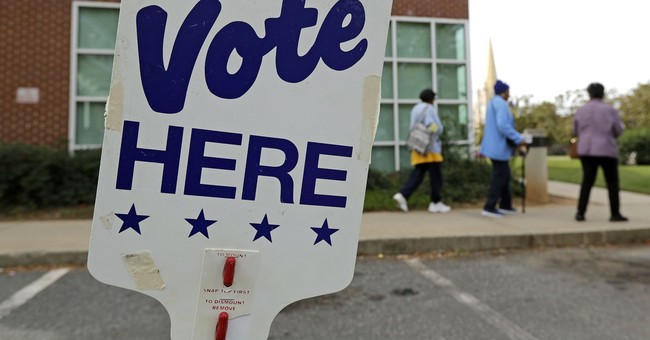
Stony Brook Political Scientist Helmut Norpoth has created a Presidential Election prediction model which has correctly predicted the winning candidate in 25 of the last 27 Presidential elections, going back to 1912, the first year presidential primaries in the states were used in each party’s nominating process. The only two years the model was wrong were 1960, with Kennedy beating Nixon — although there are strong historical accounts that election fraud in Texas and Illinois delivered both states to Kennedy when, in fact, the voters of Texas and Illinois selected Nixon. If those two states had been declared for Nixon, they would have given him exactly 270 electoral votes, the number needed to win the election.
The other year the model was incorrect was 2000, when Bush prevailed over Gore after a court challenge which declared Bush to be the winner in Florida by just a handful of votes, with Florida’s electoral votes needed by each candidate to declare victory.
Prof. Norpoth’s model predicts a 91% chance that Pres. Trump wins re-election, and gives him 362 electoral votes in the process.
In playing around with an interactive electoral map, the way I get Pres. Trump to 362 electoral votes would put only the following states in Biden’s column:
Washington, California, Illinois, New York, New Jersey, Delaware, Maryland, Connecticut, Massachusetts, Vermont, Rhode Island, and one vote from Maine.
That would mean that Trump would win the following states that are right now considered to be Democrat or toss-ups:
Oregon, Arizona, Nevada, Colorado, New Mexico, Minnesota, Wisconsin, Michigan, Nebraska (all), Ohio, Pennsylvania, New Hampshire, Maine (3), Virginia, North Carolina, and Florida.
That would be a wipeout of a historical nature given all the predictions about the election up to this point.
BUT that is how “wave” elections tend to happen. Undecideds do not generally break in relatively even numbers. Undecideds generally shift in large numbers to one candidate. States that are small leans become solid. States that are true tossups become comfortable, and states that were leaning towards the other candidate suddenly become battlegrounds and can be lost. Only truly safe states remain safe — but the margin of victory in those states declines.
That is what happened in 1980 to Jimmy Carter. He faced a challenge from within his own party in the primaries which split the Democrats. Carter was unpopular with a portion of the party, and even the portion that backed him was unenthusiastic.
Polling in October and November went back and forth between the candidates, with both in the low-to-mid 40s. Reagan was not the overwhelmingly popular President he became later during his two terms. As late as the end of October, he led Carter by only 2-3%. But he won the nationwide vote by nearly 10% on election day. In the summer of 1980, third party candidate John Anderson was polling around 20%. He ended up drawing 6%.
By huge numbers, the late deciding voters, and a substantial number of Anderson voters, ended up casting ballots for Reagan.
Carter won only 7 states.
Models such as the one created by Professor Norpoth used objective variables amassed during the entirety of the campaign season, going back to the primaries, to factor into the qualitative analysis. It is not based on polling — the variables are what they are, and the model then uses historical results using those same variables to make a prediction about the outcome.
As noted, Prof. Norpoth’s model has only been wrong twice in the last 27 electoral contests – and it might have been correct in 1960 only to have been undone by vote fraud.
Imagine what the commentary will be in the media if early evening election calls are made for Trump in New Hampshire, Pennsylvania, Virginia, North Carolina, and Florida?
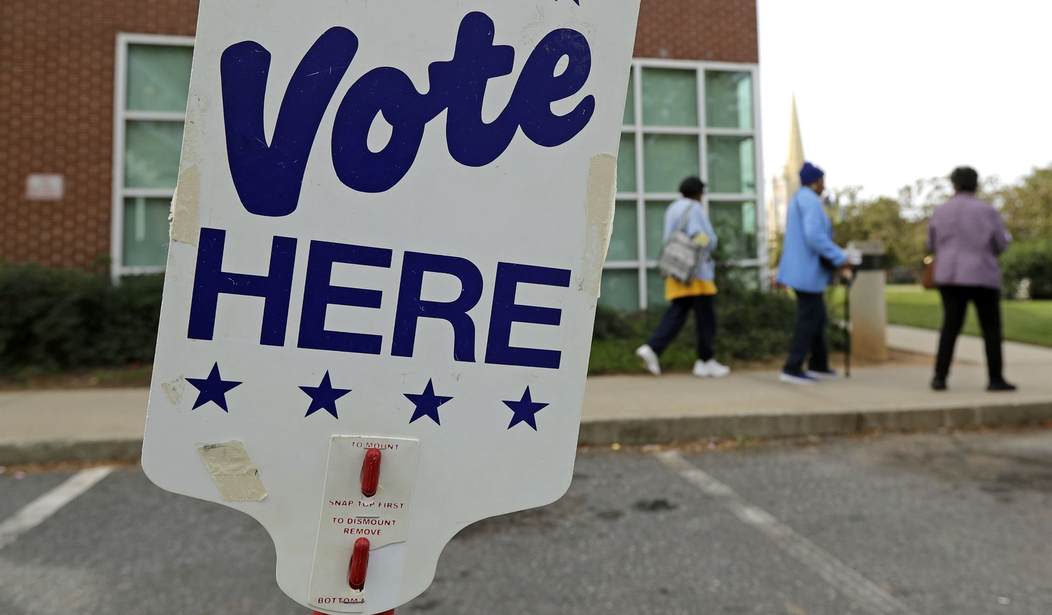



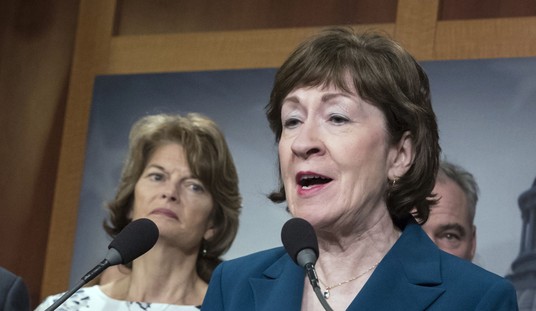


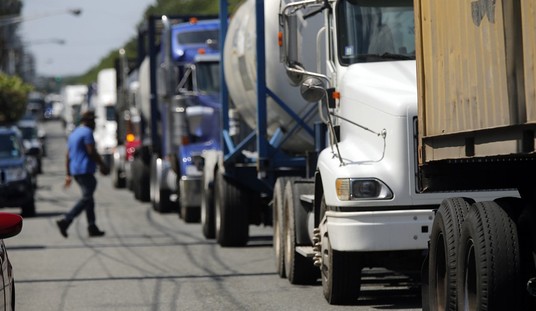


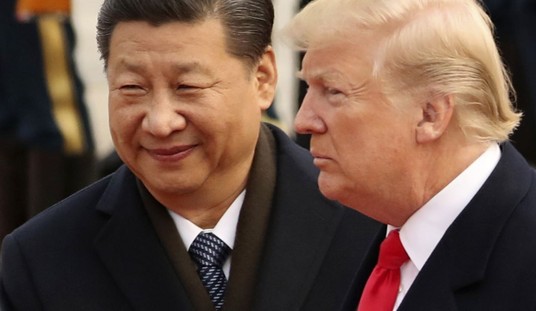



Join the conversation as a VIP Member